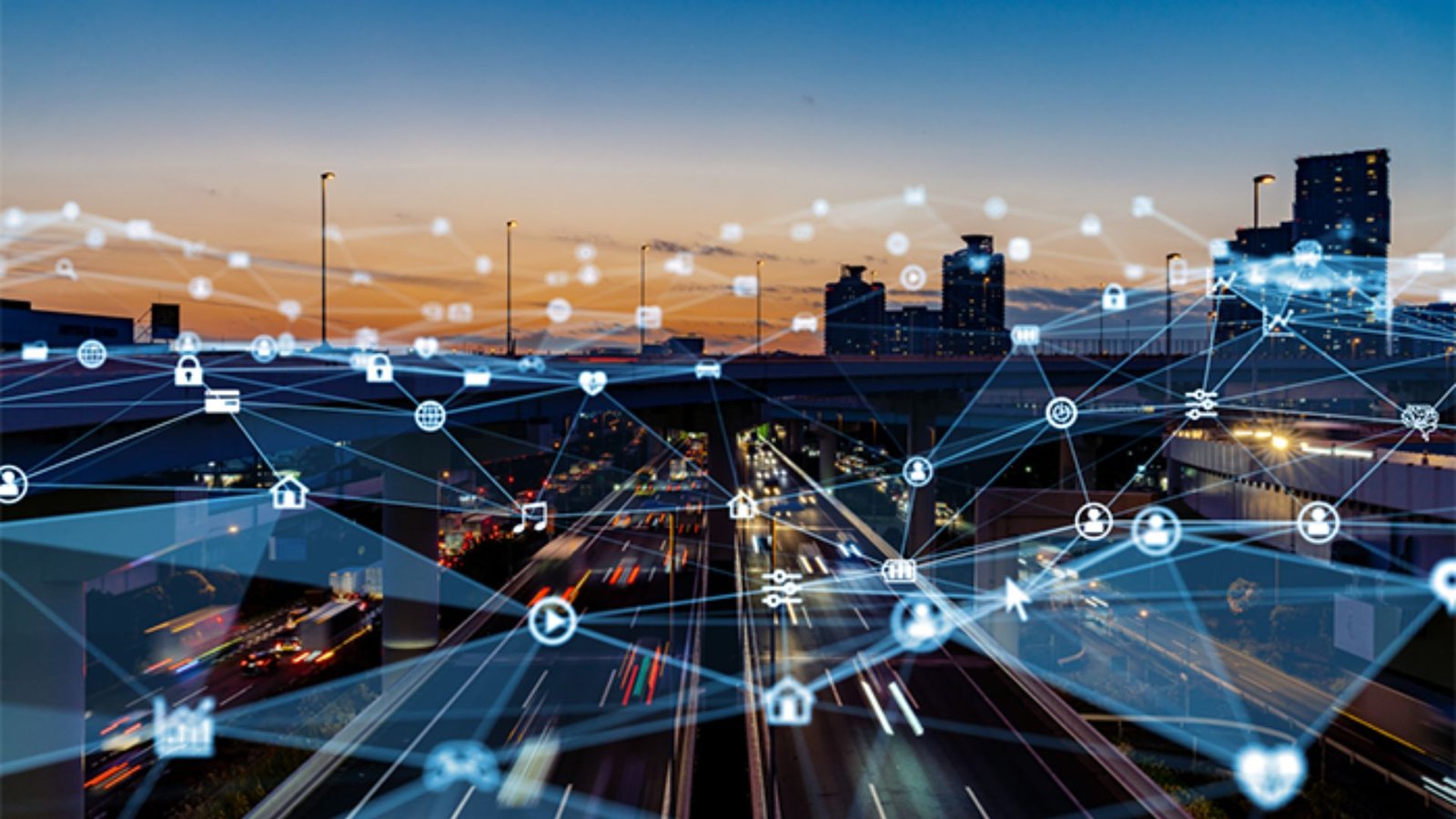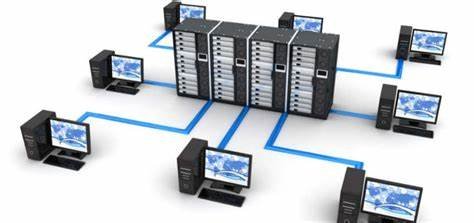In developing nations, infrastructure design plays a pivotal role in shaping the economic and social landscape. As these countries experience rapid population growth and urbanization, the demand for reliable infrastructure—such as roads, water supply, electricity, and sanitation—becomes a critical priority. However, infrastructure design in developing nations faces numerous challenges, from limited resources to political instability. This article explores these challenges and discusses potential solutions to build resilient and sustainable infrastructure in these regions.
1. Limited Financial Resources
One of the most pressing challenges faced by developing nations is limited financial resources. Many governments struggle to allocate sufficient funds for large-scale infrastructure projects, which can delay progress and result in substandard infrastructure. This financial constraint also makes it difficult to invest in the latest technologies, which are often necessary to ensure the long-term sustainability of infrastructure.
Key Challenges:
- Budget Constraints: Governments often have to prioritize other sectors like healthcare and education, leaving infrastructure underfunded.
- Dependence on Foreign Aid and Loans: While international aid and loans can provide temporary relief, they often come with long repayment terms and political strings attached.
- Lack of Private Investment: In many developing nations, private investors are reluctant to fund infrastructure projects due to perceived risks or low returns.
Solutions:
- Public-Private Partnerships (PPPs): Governments can enter into partnerships with the private sector to share both the financial burden and the risks of infrastructure development.
- Foreign Direct Investment (FDI): Attracting foreign investment through favorable policies can help alleviate budget constraints and bring in the necessary capital for infrastructure projects.
- Innovative Financing Models: Countries can explore alternative financing options, such as infrastructure bonds, crowd funding, and concessional loans, to secure funding.
2. Rapid Urbanization and Population Growth
As developing nations experience rapid urbanization, cities are growing at an unprecedented rate. This rapid growth puts immense pressure on existing infrastructure, often resulting in inadequate housing, traffic congestion, and strain on public services like water and electricity.
Key Challenges:
- Overburdened Infrastructure: Existing infrastructure is often unable to keep up with the rapid growth in urban populations, leading to inefficiencies and inadequate service provision.
- Informal Settlements: Unplanned urbanization often leads to the rise of informal settlements or slums, where residents lack access to essential services such as clean water, sanitation, and electricity.
- Transportation Gridlock: The rapid growth of cities without adequate planning leads to traffic congestion, longer commute times, and pollution.
Solutions:
- Integrated Urban Planning: Urban planning must take into account the future growth of cities, integrating transportation, housing, utilities, and green spaces in a balanced and sustainable manner.
- Affordable Housing Projects: Governments and developers should prioritize affordable housing projects to prevent the growth of informal settlements and ensure that all urban residents have access to basic services.
- Public Transportation Systems: Investing in public transportation infrastructure can help reduce congestion, lower pollution, and provide more accessible mobility for urban populations.
3. Lack of Skilled Workforce
Many developing nations face a shortage of skilled labor in the fields of civil engineering, architecture, and construction. This skill gap can hinder the quality of infrastructure projects and the ability to maintain and upgrade existing systems effectively.
Key Challenges:
- Shortage of Trained Professionals: Developing nations often lack enough engineers, architects, and construction workers with the necessary expertise to design and implement high-quality infrastructure projects.
- Limited Technical Education: In many regions, there is insufficient access to vocational and technical education that would prepare a skilled workforce for the demands of infrastructure development.
- Brain Drain: Skilled professionals may leave for opportunities in developed nations, exacerbating the skills shortage.
Solutions:
- Investing in Education and Training: Governments and organizations should invest in education and vocational training programs to build a skilled workforce capable of handling the demands of modern infrastructure design.
- Collaboration with International Experts: Partnering with international organizations and experts can help develop local talent and improve the quality of infrastructure projects.
- Incentivizing Skilled Workers to Stay: Offering incentives such as competitive salaries and professional development opportunities can help retain skilled workers and prevent brain drain.

4. Environmental and Climate Challenges
Developing nations are often disproportionately affected by environmental challenges such as extreme weather events, deforestation, soil erosion, and flooding. Climate change exacerbates these issues, requiring infrastructure to be designed with resilience in mind.
Key Challenges:
- Natural Disasters: Many developing countries are highly vulnerable to natural disasters such as floods, earthquakes, and hurricanes, which can devastate existing infrastructure.
- Climate Change Impact: Rising sea levels, droughts, and shifting weather patterns pose significant risks to infrastructure projects, particularly in coastal or arid regions.
- Deforestation and Land Degradation: Unsustainable land use and deforestation can lead to soil erosion, water shortages, and the destruction of natural resources that infrastructure relies on.
Solutions:
- Climate-Resilient Infrastructure: Infrastructure must be designed to withstand extreme weather conditions and other environmental stressors. This includes building flood defenses, earthquake-resistant structures, and resilient power grids.
- Sustainable Resource Management: Encouraging sustainable land use and resource management practices can help mitigate the impact of climate change on infrastructure. This includes protecting forests, conserving water resources, and promoting renewable energy.
- Green Infrastructure: Incorporating green spaces such as parks and wetlands can help manage stormwater, reduce heat islands, and provide environmental benefits while improving quality of life.
5. Political Instability and Governance Issues
Political instability and weak governance structures can impede infrastructure development in developing nations. Corruption, lack of transparency, and inefficient management of resources can delay projects and result in the misallocation of funds.
Key Challenges:
- Corruption and Mismanagement: Corruption in public sector procurement can divert funds from critical infrastructure projects, leading to substandard construction and delayed completion.
- Inconsistent Policy Frameworks: Frequent changes in government policies or political instability can disrupt long-term infrastructure planning and implementation.
- Lack of Accountability: Poor governance practices and lack of accountability can prevent the effective use of resources and hinder infrastructure progress.
Solutions:
- Good Governance Practices: Promoting transparency, accountability, and effective governance is essential to ensuring that infrastructure projects are managed efficiently and funds are allocated appropriately.
- International Partnerships: Partnering with international organizations can provide both technical expertise and financial support while ensuring that projects meet global standards.
- Long-Term Policy Planning: Governments should focus on creating long-term infrastructure plans that are not subject to frequent changes and that address the country’s evolving needs.
Exploring Diverse Ways to Unwind and Stay Engaged
In today’s fast-paced world, balancing work and relaxation is essential for maintaining overall well-being. Online platforms like gambling360 online casino offer a secure and entertaining way to unwind after a busy day. These platforms combine entertainment with the convenience of digital access, making it easy to enjoy gaming from home. Whether for stress relief or simply to have fun, finding the right way to relax is key to maintaining a healthy work-life balance.
Conclusion
Designing and implementing infrastructure in developing nations is fraught with challenges but not insurmountable. With the right combination of strategic planning, international cooperation, innovation, and investment in human capital, these nations can overcome the obstacles they face. By prioritizing sustainable, resilient, and inclusive infrastructure, developing countries can improve the quality of life for their citizens and lay the foundation for long-term economic and social development.




